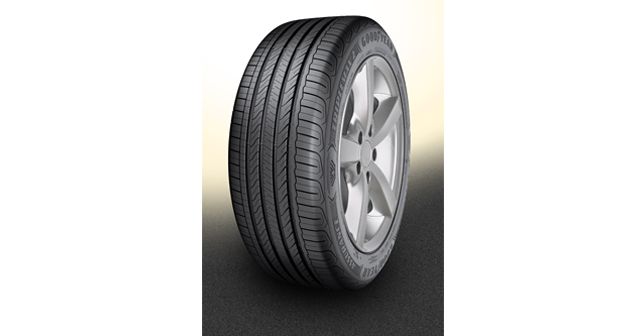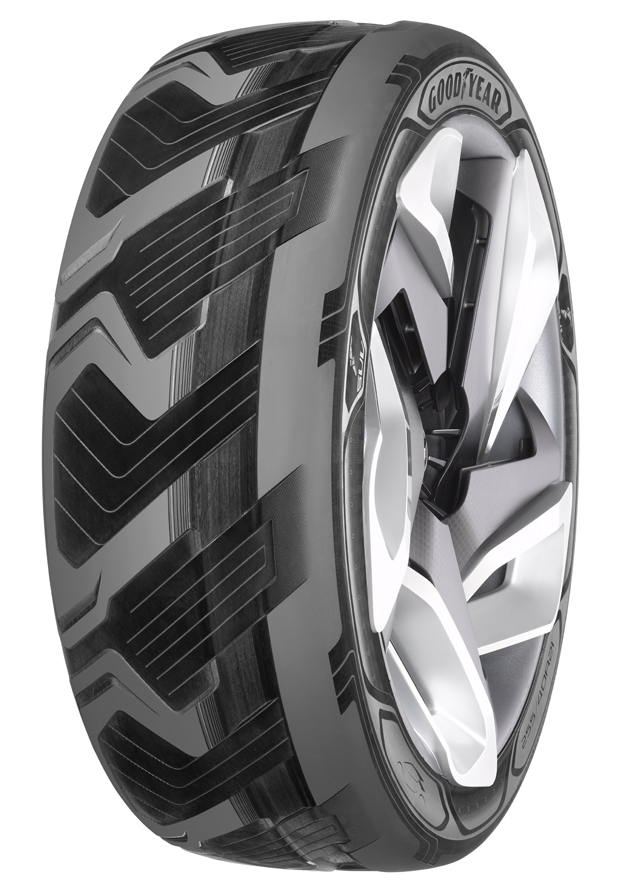Goodyear Tyre Feature: Testing to The Limit
Goodyear invited us to Malaysia for two things – their 125th anniversary of producing passenger vehicle tyres and the launch of their latest product in the Indian market, the Assurance Maxguard.
By Ishan Raghava
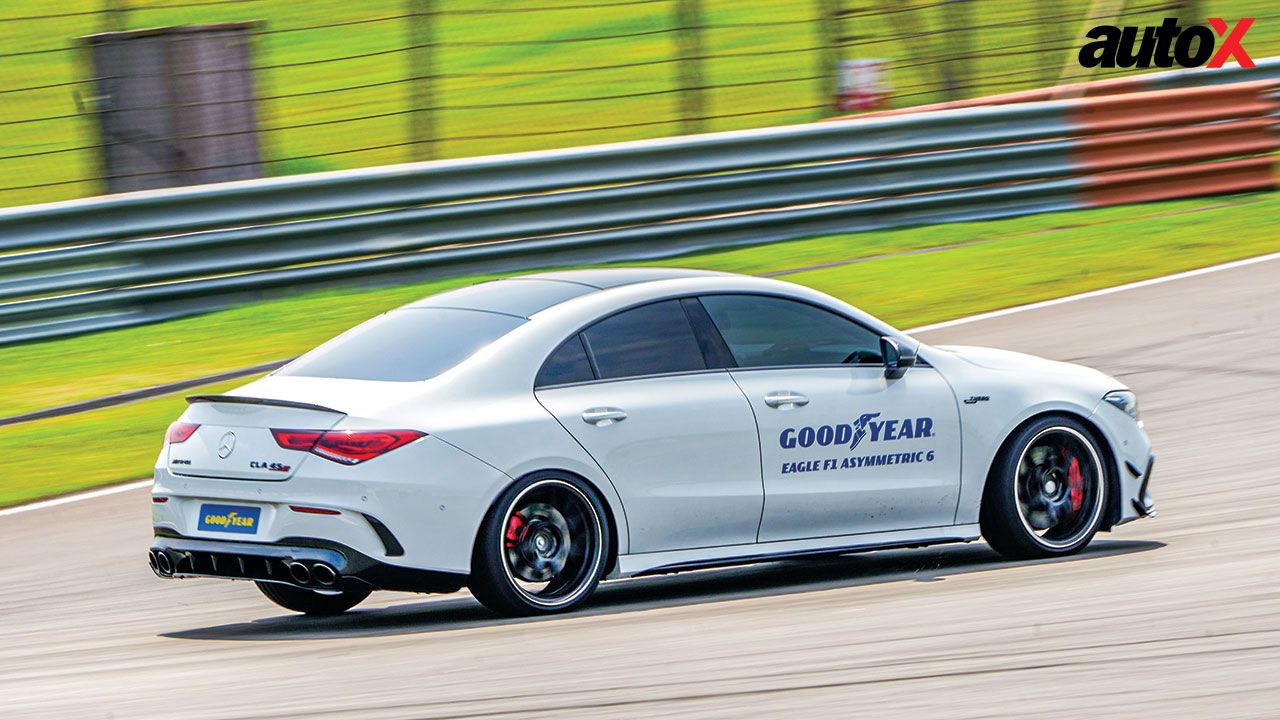
Testing tyres, or rather even reviewing tyres is a bit of a black art. You see, for most people tyres are just four black pieces of rubber that are fitted to their vehicle and need to be looked at every now and then, especially when there’s a puncture or when the tyres are worn out. But, you see, for tyre geeks like me, they are wonderful rings of rubber that hold more secrets than people can imagine. They can be sporty, or efficient, or have properties that make them last a long time, and, in some cases, not be suited to Indian conditions. Unfortunately, for the average motorist, none of this detail is of any interest, but to a tyre nerd like me, this is absolute gold. In fact, I would go as far as saying that while in most product conferences I struggle to keep myself awake, but at a tyre conference, where we are discussing technical and construction, I will barely blink even an eyelid.
You see, tyres are perhaps the most underrated aspect of any vehicle. In our country, and mostly across the world, they are ignored and taken for granted, and people only understand the importance of a tyre – an inflated one, at least – once they’ve encountered a puncture or a tyre failure. What people underestimate is that these four palm-sized pieces of rubber are really what keeps un connected to the road and maintain our safety. But, rant aside, Goodyear invited us to Malaysia for two things – their 125th anniversary of producing passenger vehicle tyres and the launch of their latest product in the Indian market, the Assurance Maxguard. At the same time, we also were given the opportunity to test some of their other products such as an off-road tyre, as well as a high-performance tyre that we could test at the Sepang test track and much more.
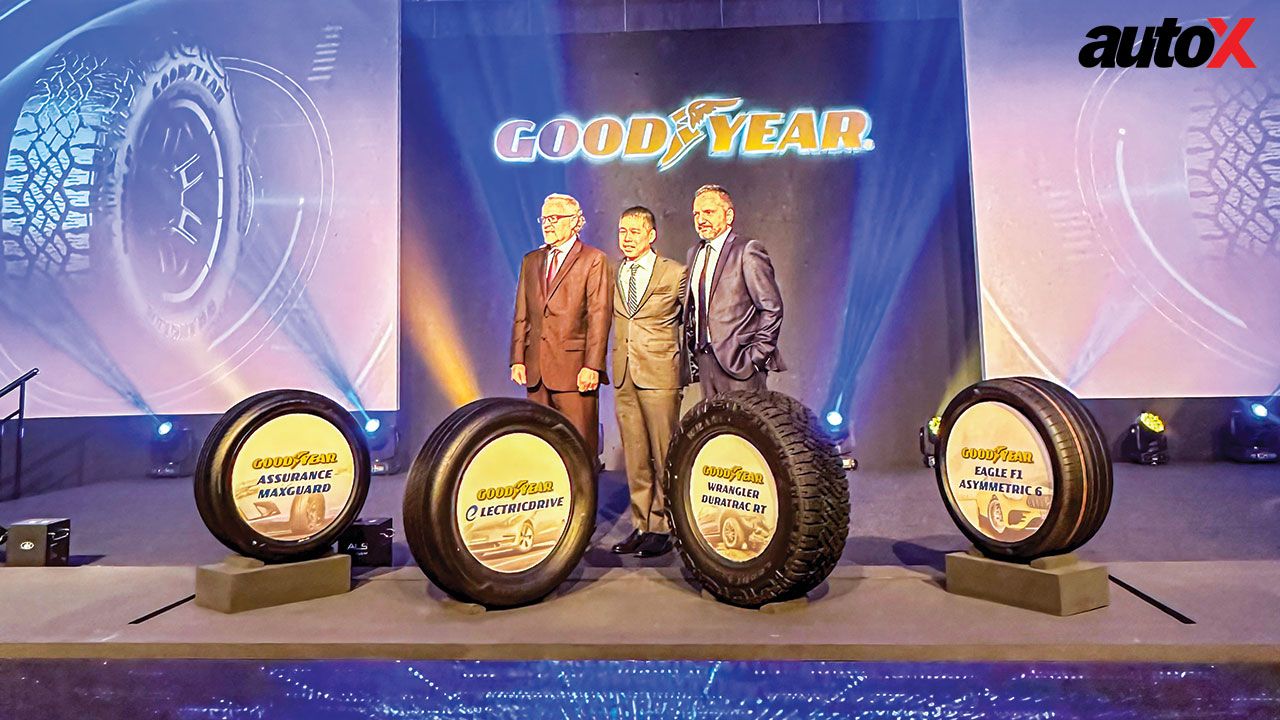
Inspired by Goodyear 360 concept tyres, the Assurance MaxGuard, which is Goodyear’s latest launch in India, is equipped with ActiveGrip Technology that Goodyear claims enables vehicles to help shorten stopping distances. We tested this claim and the pioneering design of the water-wave shield pattern helped to increase friction and the optimized cavity shape increases the contact patch and enabled a shorter stopping distance when tested against the tyres of a rival manufacturer in a braking test over a wet area. Both features seemed to contribute to better performance on wet roads with shorter braking distances.
In Goodyear’s words, the new generation of full silica tread compound with 80% more silica combined with a wet booster resin adjusts to the road surface with more micro contact achieving a stronger grip on the road, especially in wet conditions. The Assurance MaxGuard is available in multiple sizes and expect more sizes to be introduced into the Indian market in the future as it is aimed at a wide variety of vehicles in the mid-to-luxury segment in India.
Also Read: Vredestein Tyre Review, Ultrac Vorti; Centauro NS & ST
While they are not going to be launched in the Indian market anytime soon, we also got to test two other major products from Goodyear – the Wrangler Duratrac RT and the Eagle F1 Asymmetric 6. For those who are aware of tyre lingo, the Wrangler is a landmark product, one that has been around for decades and is very well regarded in SUV circles. Variants of the Wrangler are already sold in India, and in this latest variant, the Duratrac RT performed brilliantly on the off-road surfaces that Goodyear prepared for us. Whether it was the dire surfaces that we were crawling on, or the water splash that we were driving through, the tyres performed excellently, and even though there were journalists from many countries in our group – with various levels of driving competence – not even one of the SUVs got trapped on any of the obstacles.
Also Read: TVS Eurogrip Roadhound Review, Superbike Tyres Built To Take The On The Likes Of Pirelli & Michelin
Next came up the much tougher test, the Eagle F1 tyres fitted on to Mercedes-AMG cars that we were allowed to drive on to a portion of the Sepang race track. While we had a brief stint in the cars for this activity – two laps of the south circuit – the power of the AMG machines and the flowing nature of the track gave us an opportunity to exploit the limits of the Goodyear tyres to quite an extent. While it was a brief experience, I would say that the limits of the Eagle F1’s are quite high, and they do perform very well under constant abuse, making them an excellent choice for high-powered cars.
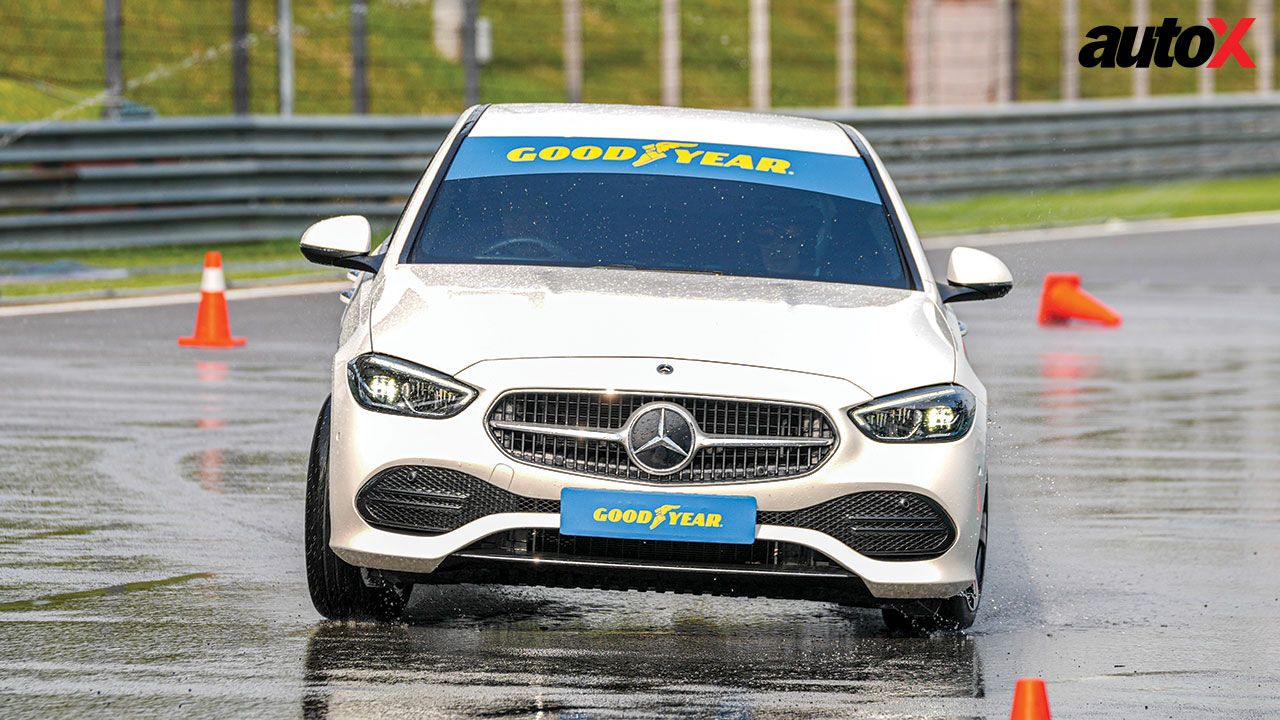
One of the highlights of the whole activity for me was a workshop held by Goodyear experts on how they’re designing and building tyres for EVs that not only have properties built in to take care of noise issues – with larger tyres, tyre noise can be a big issue – but also how new technology is being built to make sure that the new EVs can maximise their range on a single charge with tyres being a constant factor. Another interesting aspect of this conversation was the fact how the tyres are being designed to keep up with the higher kerb weights of EVs – EVs are much more heavier than ICE vehicles – and how that plays a definite part in how the tyres are designed and built. All in all, it was a brilliant day of learning how tyres are designed, and while most of us might consider them as simply four pieces of rubber, how much contribution they have over the optimal functioning of a motor vehicle.
